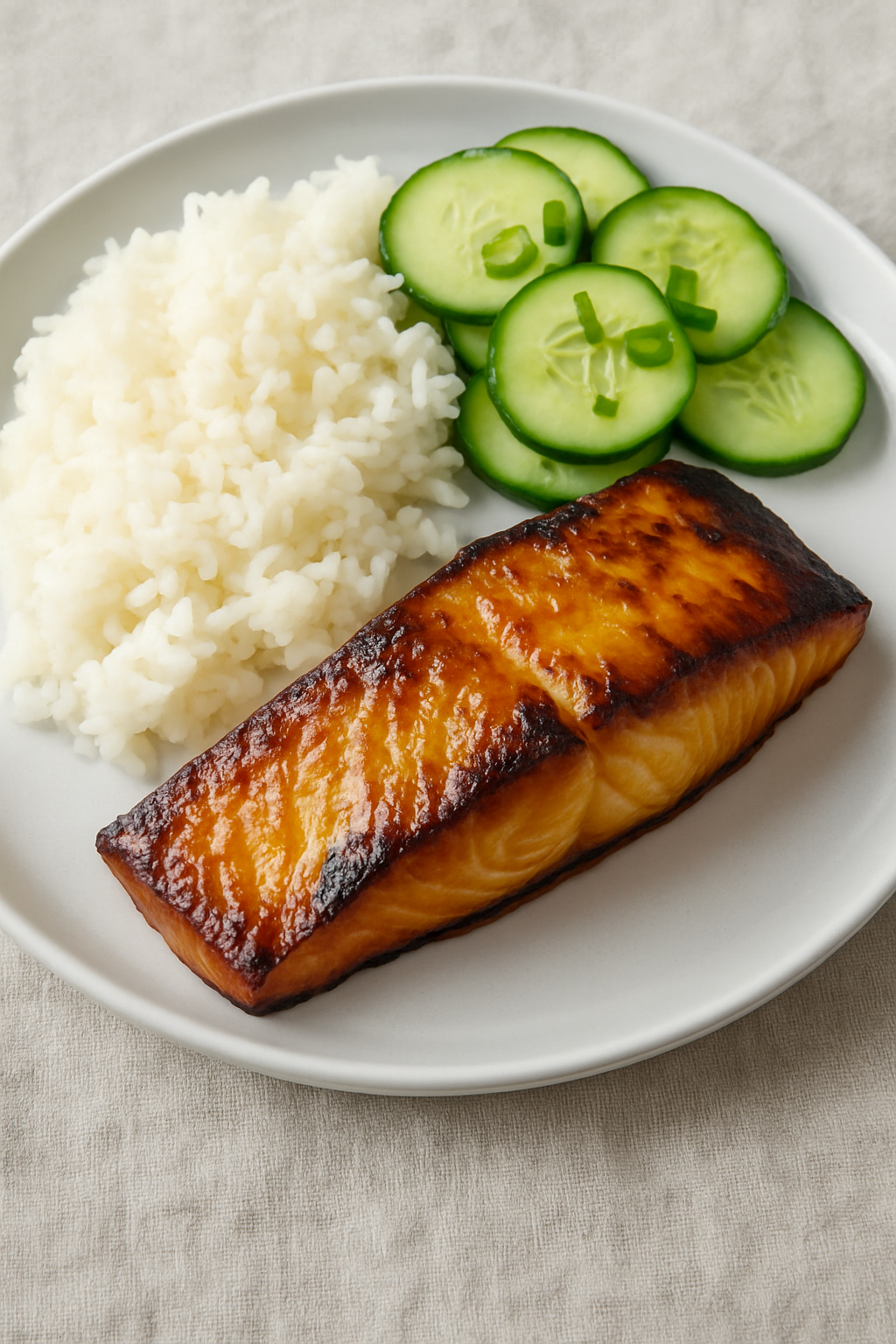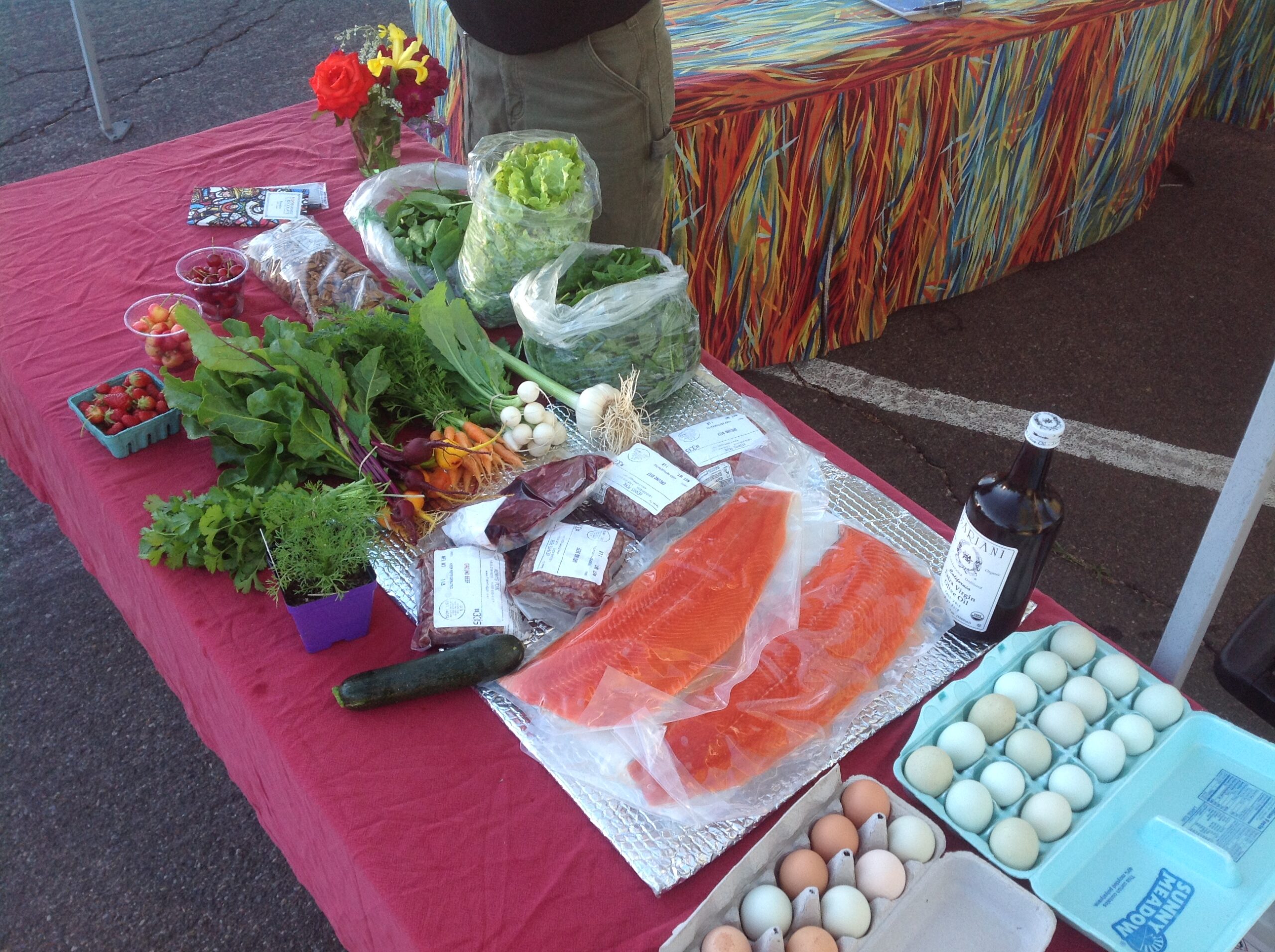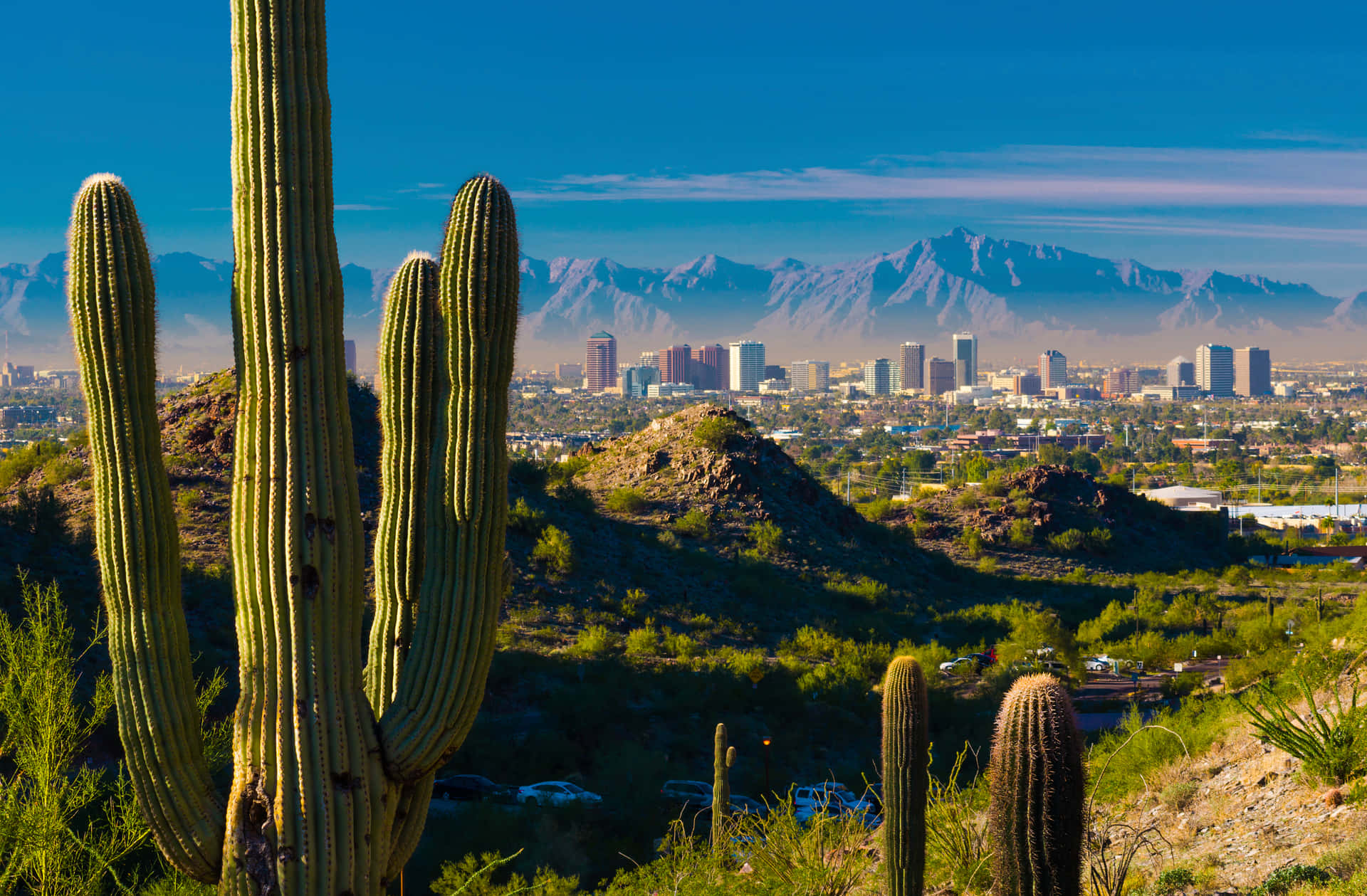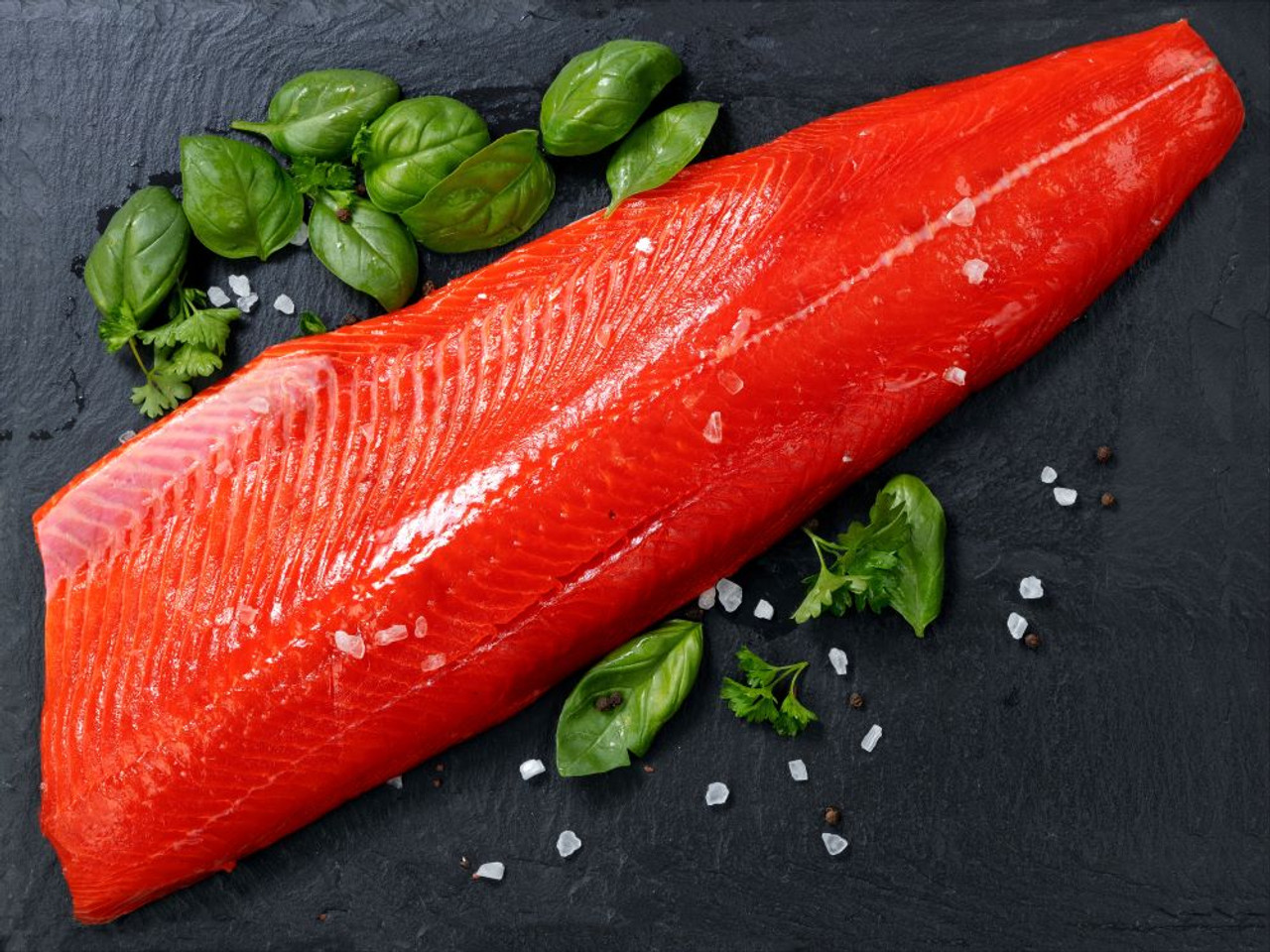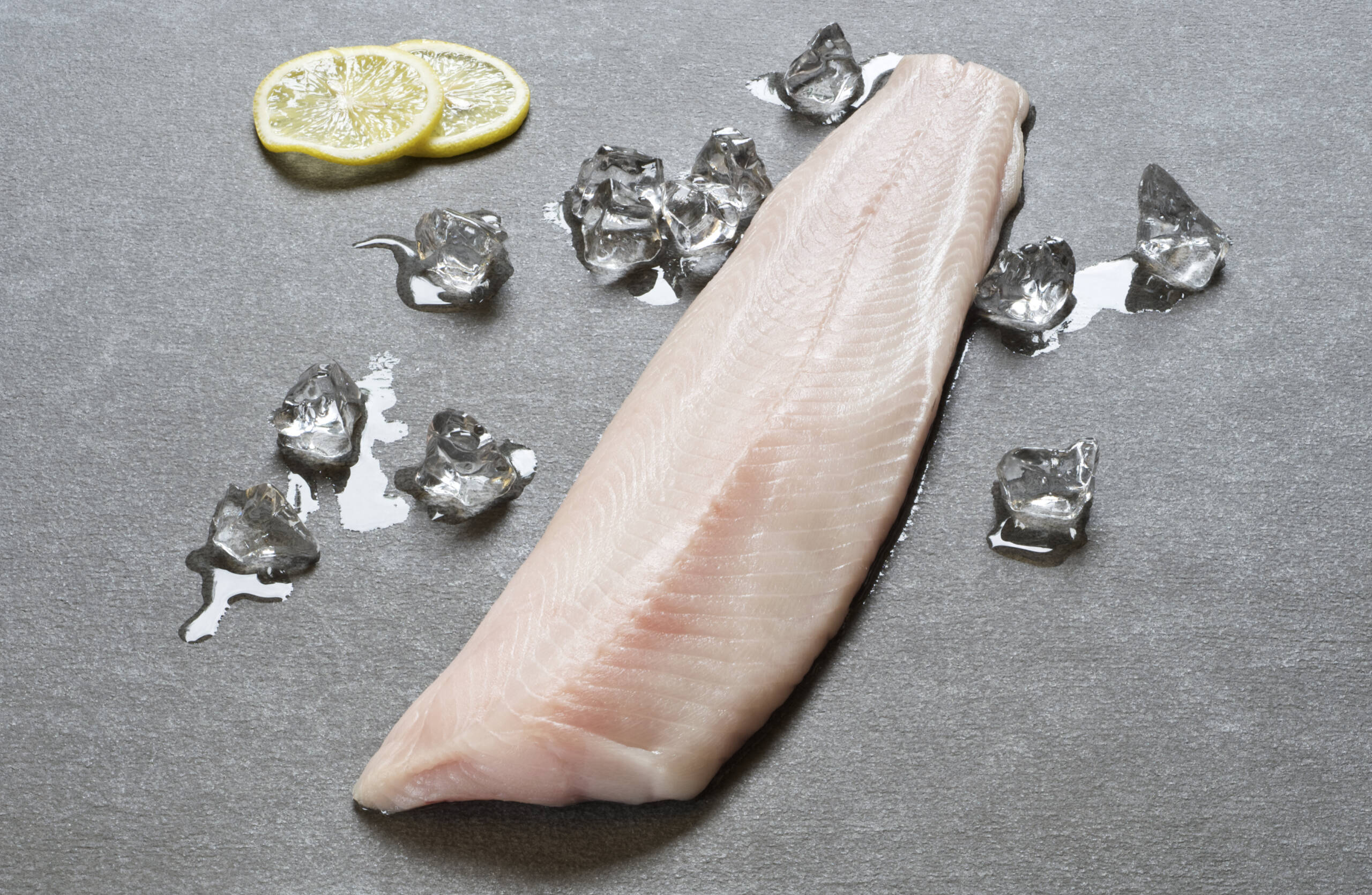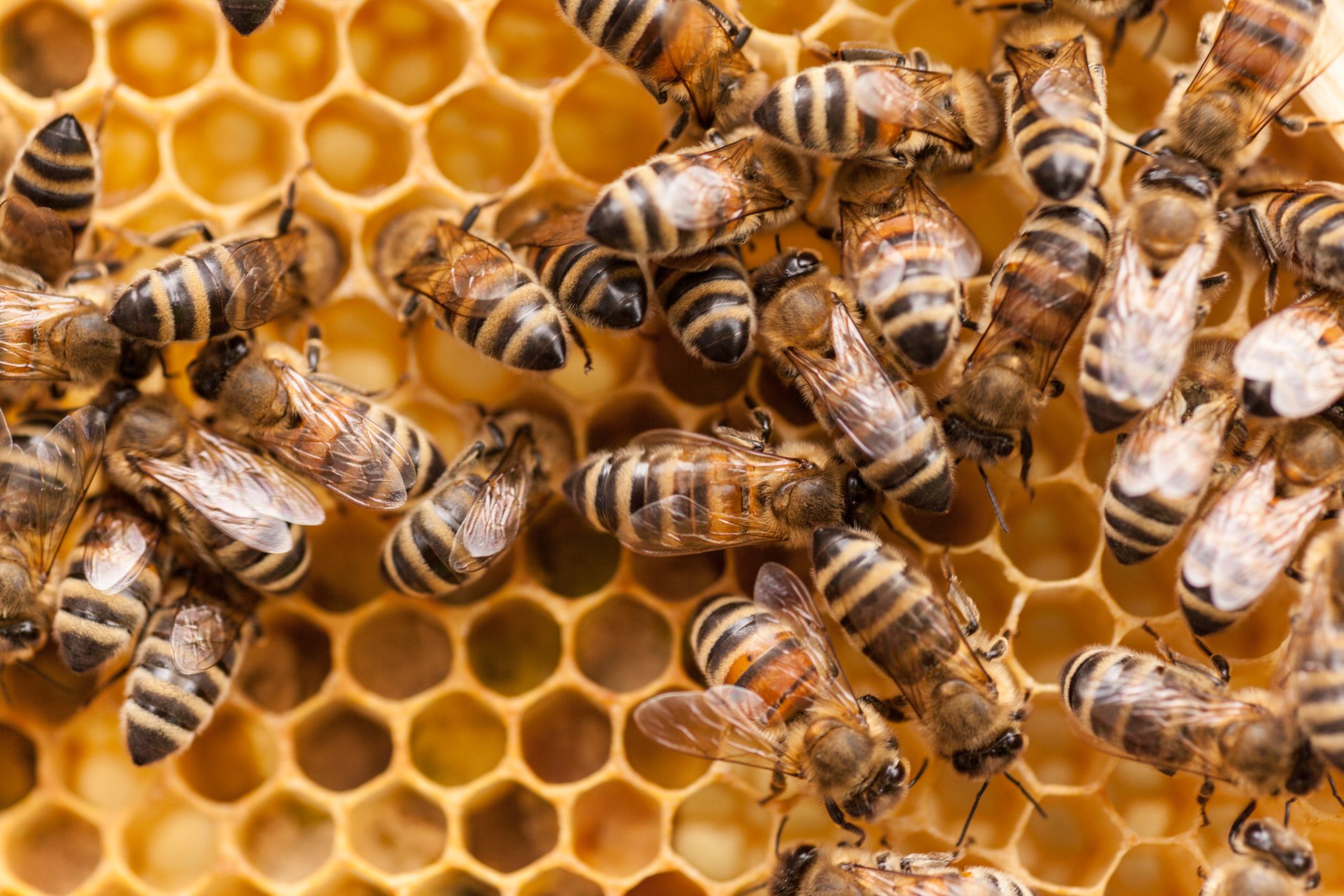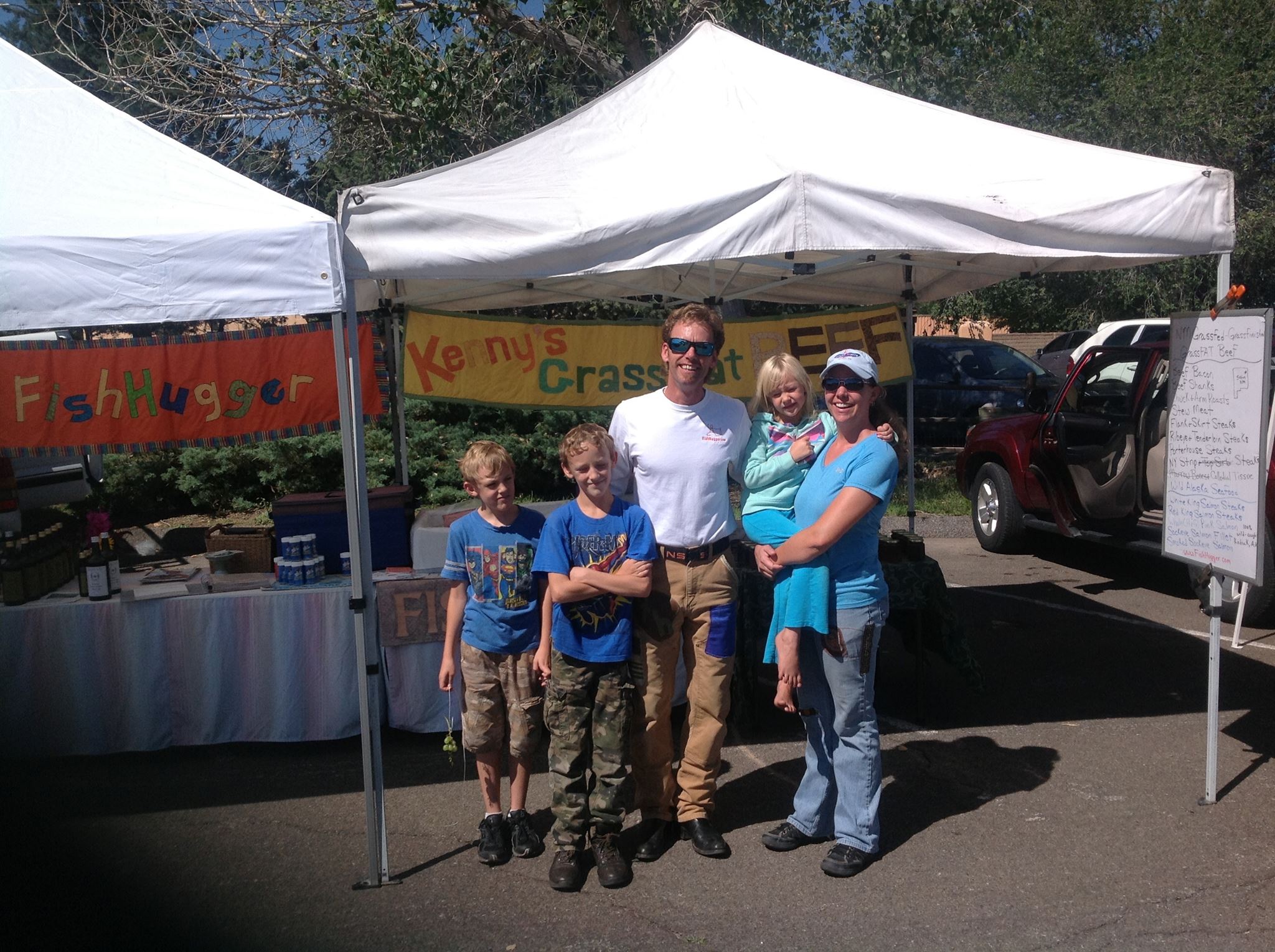The full moon rising this weekend is known as the Sturgeon Moon—named for the giant fish once abundant in late summer waters across North America. While sturgeon aren’t part of our lineup, it’s a timely reminder of the wild fish still thriving today, especially in the cold, clean waters of Alaska.
This week, we’re featuring a variety of delicious wild Alaska white fish options: rich, buttery Black Cod, firm and mild Pacific Cod, and versatile Halibut. Whether you’re grilling, baking, or pan-searing, there’s something here for every taste and table.
The Sturgeon Moon peaks well before dawn on Saturday morning, August 9. We’ll be at the market right around sunrise, stocked with wild fish harvested with care and ready for your kitchen. Not sure where to start? Try one of these simple favorites:
Miso Black Cod
Brush black cod fillets with a mixture of white miso, rice vinegar, and a touch of honey. Marinate for a few hours or overnight. Roast at 400°F for about 10-12 minutes until caramelized and flaky. Serve with rice and a crisp cucumber salad.
Pan-Seared Pacific Cod
Lightly season cod with salt and pepper, then pan-sear in butter or olive oil for 2–3 minutes per side until golden and just cooked through. Add a squeeze of lemon and chopped parsley for an easy, nourishing meal.
Catch you at the market,
Brenna & Kenny
